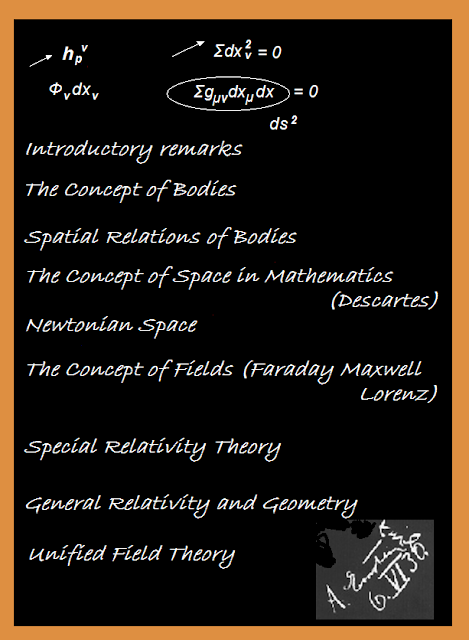Both Spain Portugal Africa . The first major links were a result of the movement of peoples around the Mediterranean coastal regions. The Roman Empire was the first to bring the whole Mediterranean under single rule, and later the Muslim empire controlled the coastal region along north Africa. Both of these influenced Iberian history and culture, and the development of an lgbt heritage.
When the Muslims invaded Spain Iberian peninsula , and al-Andalus (the Muslim country which gave its name to present-day Andalusia ) is regarded as one of Europe ’s cultural highlights. The ease with which the Muslims entered Spain
al-Andalus was sufficiently remote from the Islamic homeland far in the eastern Mediterranean for the Muslims to not worry too much about such similar restrictions imposed from Mecca Baghdad
This amalgamation was more sexually tolerant than eastern Islam and, apart from a period when Moroccan-based Islam was imposed in the 12th century, it was celebrated in art and literature. Particularly of note are the writings of the 11th century Andalusian Muslim Ibn Hazm and the poet Ibn Quzman in the early 12th century, who both celebrated the love of boys.
There were trading ports and routes along north Africa which were used by Spanish and Portuguese merchants for centuries before what we might call “sexual tourists” began to take advantage of them. This was to prove very important when the Muslims were driven out of Iberia
Once Iberia Canary Islands in 1402 and concentrated their expansion on north African bases and the New World , while the Portuguese ventured into uncharted waters further south, first by colonising Madeira and the Azores and then heading south to reach the Guinea Africa seem to have had same-sex rituals, and the Europeans introduced the more recreational same-sex activity that was demonised as sodomy by the Christian Church.
After the fall of Islamic al-Andalus some Christians found the new restrictions imposed by the Catholic monarchy too much, and those who chose Islam over Christianity and converted were called “renegades”. Many of these “renegades”, including, it is said, 400 Spanish Franciscan friars, moved to the Muslim ports along north Africa. It was also a destination for visits from Spanish writers such as Miguel de Cervantes (1547-1616). He spent some time in Algiers
One of the contradictions seen in Portuguese colonies was that same-sex activity was accepted more so than in other European colonies in Africa . As long as “sodomy” and same-sex attractions were kept out of sight and private they were tolerated. It certainly wasn’t included in the laws codified by the Portuguese colonial powers in the 1880s, unlike it was in other European colonies.
Following independence from Portugal Mozambique Africa . Angola Angola
Today Mozambique
Hispanic influence on the lgbt community in Africa has been varied, and little of it has filtered out of the continent. The biggest influence Spain Portugal Americas











